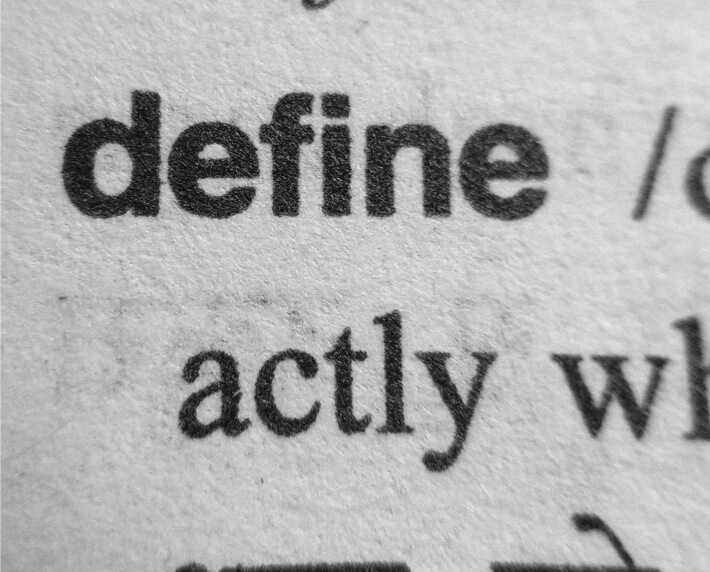Accelerated Death Benefit Rider

Accelerated death benefits, sometimes called “living benefits,” speed up the payout of your life insurance policy, tax-free. This allows you to access benefits via a rider if you are deemed either terminally, critically, or chronically ill.
They’re called “living benefits” because they benefit you while you are still alive.
It is hard to make, though some compare these riders to long-term care and disability policies.
Types of Accelerated Death Benefit Riders
Here’s what you need to know about each type of accelerated death benefit rider:
*Requirements to initiate these riders may vary by insurer.
1. Terminal Illness Rider
For a time, terminally ill people were selling their life insurance policies in “viatical settlements” for pennies on the dollar. It was awful for people to essentially give away their life insurance policies to pay for medical bills or end-of-life activities.
The good news is that insurance companies are required by law to include a terminal illness rider free of charge to every life insurance policy they sell.
The terminal illness rider, also known as an accelerated death benefit (ADB) rider, lets you withdraw up to 75% of your death benefits if you are diagnosed with less than 12 or 24 months to live.* You are also required to show proof of diagnosis from a doctor before you can receive accelerated benefits.
*Exact terms vary by companies and products. The amount available to withdraw can range from 25% – 90%. Most companies enact this rider when the insured has less than 12 months to live, while others like American National allow 24 months.
2. Critical Illness Rider
A critical illness rider allows you to withdraw from your life insurance death benefit to cover medical expenses in certain instances. Depending on the policy, you can withdraw up to 100% of the policy or up to a maximum amount, such as $250,000.
The list of eligible illnesses vary by company, though normally consist of:
- Cancer (Life-threatening)
- Heart Attack (Myocardial Infarction)
- Stroke (Cerebrovascular accident)
- Paralysis
- Renal Failure
- Amyotrophic Lateral Sclerosis (ALS)
- Blindness
- Loss of 2 or More Limbs
- Major Organ Transplants
The insurance company typically requires proof from a doctor of medicine who is duly qualified, licensed in the US, and performing in the scope of his/her license. The insurance company reserves the right to request a second opinion when needed.
There are some exclusions to this if the illness’s cause is from attempted suicide, self-inflicted injury, misuse of drugs, or involvement in illegal activity.
This rider acts separately from your health insurance policy and can be invaluable in saving your life and avoiding huge financial bills.
3. Chronic Illness Rider
A chronic illness rider provides the insured to withdraw from his/her life insurance death benefit under two conditions.
1. The insured is unable to perform at least two of the following six “activities for daily life:”
- Dressing yourself
- Using the toilet
- Eating
- Bathing
- Moving around
- Continence
This means you cannot perform at least two of the above without substantial assistance from another person.
2. The insured requires substantial supervision by another person because of severe cognitive impairment.
Insurance companies typically allow you to withdraw up to 90% of the death benefit amount for chronic illness, though the fine print varies greatly depending on the company. Many companies put a maximum allowable amount of withdrawals, and the withdrawals are typically calculated on a per diem basis to cover medical care costs.
How Do Accelerated Death Benefits Pay Out?
Consider this example:
Once, we had a client with pancreatic cancer diagnosed with 16-24 months to live. He contacted us wanting to know if we knew of anyone that may want to purchase his policy. He had an offer from a company to purchase his $500,000 policy for $175,000, potentially losing $325,000 of his total benefit in the process. Thankfully, we informed him that American National provides a terminal illness rider that allows him to withdraw his full $500,000 in coverage if he wanted to.
Exploring his options for accelerated death benefits wound up saving him and his beneficiaries $325,000.
Most companies have accelerated death benefit riders you can purchase. Some provide the riders free of charge.
For quotes from companies that include living benefits at no additional cost, visit our Living Benefits Life Insurance Quoter.
See what you qualify for by answering some health questions.











